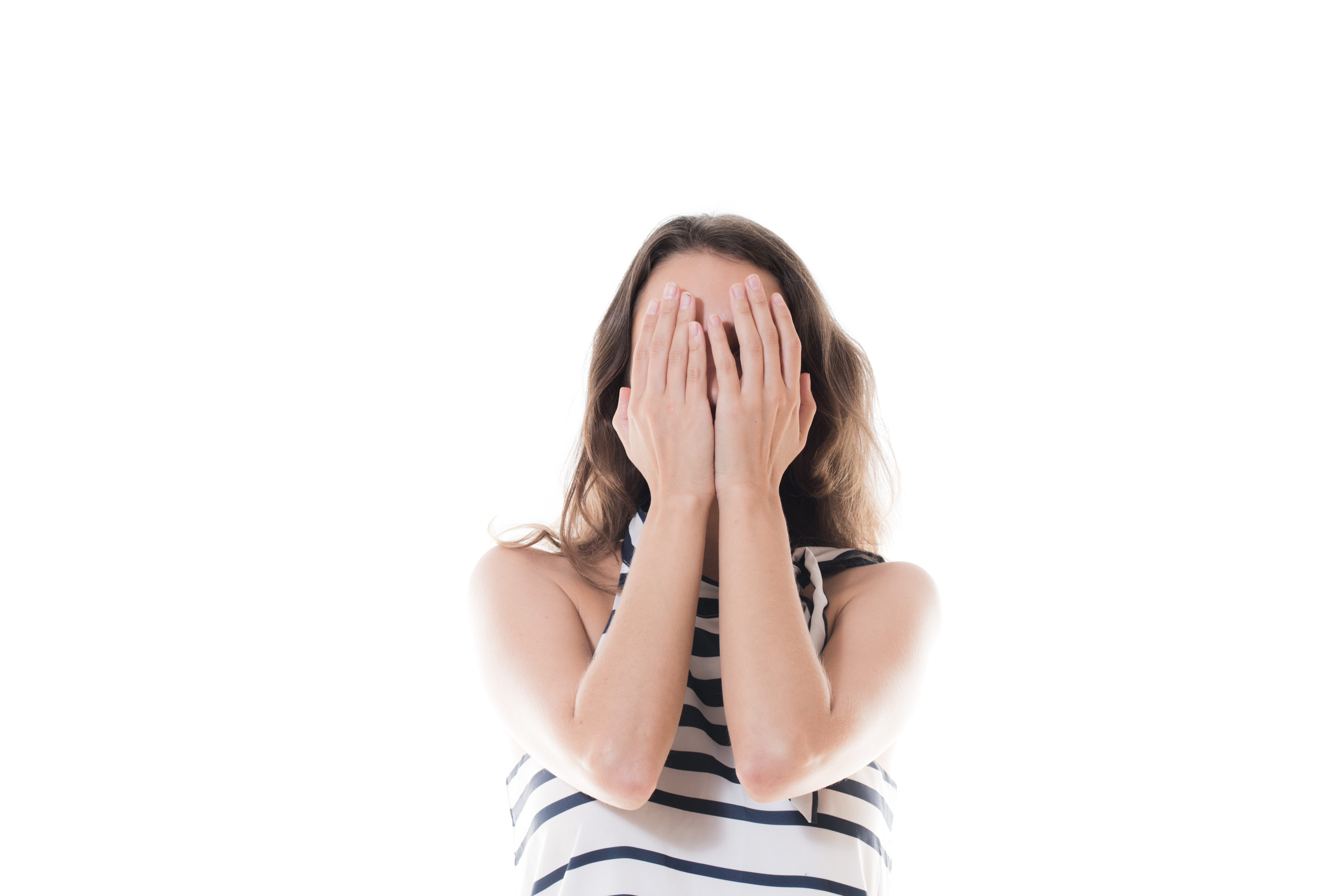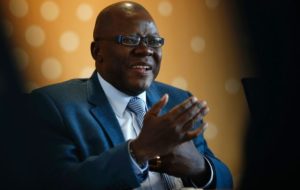Recently, the Court of Appeals for the Third Circuit released an opinion in Silvertop Associates v. Kangaroo Manufacturing finding that Silvertop’s banana costume was protected by copyright and that the Kangaroo’s similar banana costume infringed. Unfortunately, the Third Circuit’s opinion ignores the merger doctrine, paving the way for a rush to copyright costumes that resemble real-life articles.
In looking at the images, there’s no doubt — and Kangaroo Manufacturing conceded the point — that the costumes looked substantially similar. Kangaroo’s argument, however, relied on the “merger doctrine,” which protects against overly aggressive copyright claims by ensuring that when expression merges with the idea itself (remember: ideas are not copyrightable), the two have “merged” and the work is not eligible for copyright protection. Unfortunately, the Third Circuit displayed a total disregard for the merger doctrine, which could lead to rampant copyright trolling by those seeking to copyright raw ideas. The Third Circuit calls the doctrine a “rare occurrence” that does not apply to this situation. The court similarly rejects the scenes-a-faire doctrine, which protects against attempts to copyright stock characters or scenes.
Look, I don’t dispute that after the Supreme Court’s ruling in Star Athletica v. Varsity Brands aesthetic elements of useful articles (such as costumes) may warrant copyright protection. I also recognize that some costumes may, indeed, reflect a high degree of creativity and expression. For example, the iconic Snow White dress in the Disney version of the movie could well be copyrightable. But there may be only a limited number of ways to express certain costumes and still have it resemble what it’s supposed to look like (i.e., the item in the real world that it is copying). A banana is a perfect example and the Third Circuit’s attempt to find otherwise actually highlights the absurdity in the case.
First, the Third Circuit acknowledges that the banana costume is a “useful article” and the elements of the design include colors, lines, shape and length. But then, the Third Circuit suggests that there are many ways to make a banana costume, ignoring the fact that most people think of a banana as a fruit with yellow skin, skinny with a curvature, and a stem. The court finds that because Kangaroo made its banana costume yellow — just as the Silvertop’s costume — rather than green or brown, this points to infringement. I find the court’s reasoning to be fairly ridiculous here. I assume most people looking for a banana costume want to purchase one that looks like a bright yellow banana, not an unripe or rotten one. The court continues by knocking Kangaroo’s costume because while “a banana costume is likely to be curved, it need not be…” I’m not sure I’ve encountered a straight banana in real life. While certainly they may exist, that’s usually not what one thinks of when they think banana. A purchaser of a banana costume who received a brown tubular piece of fabric that has no curvature at all is likely to have a WTF reaction, rather than “oh boy, a rotten banana costume” reaction.
While substantial similarity exists between the Silvertop’s banana costume and the Kangaroo’s, there’s an excellent reason: they both have substantial similarity with an actual banana (or, at least, a normal-looking ripe banana). Often, when courts find substantial similarity exists sufficient to establish infringement, they do so noting that the allegedly infringing article is similar to the copyrighted article, but also not strikingly similar to a public domain article — for example, an actual banana. For example, in finding infringement between two beanie babies, the Seventh Circuit in Ty v. GMA Accessories noted “imagine two people photographing Niagara Falls from the same place at the same time of the day and year and in identical weather — there is no inference of access to anything but the public domain, and, equally, no inference of copying from a copyrighted work. A similarity may be striking without being suspicious. But here it is both. GMA’s pig is strikingly similar to Ty’s pig but not to anything in the public domain — a real pig, for example, which is why we have included in our appendix a photograph of real pigs.” Unlike the Ty v. GMA Accessories case, here the banana costumes at issue resemble not only each other, but also a real banana.
Krista L. Cox is a policy attorney who has spent her career working for non-profit organizations and associations. She has expertise in copyright, patent, and intellectual property enforcement law, as well as international trade. She currently works for a non-profit member association advocating for balanced copyright. You can reach her at kristay@gmail.com.




















